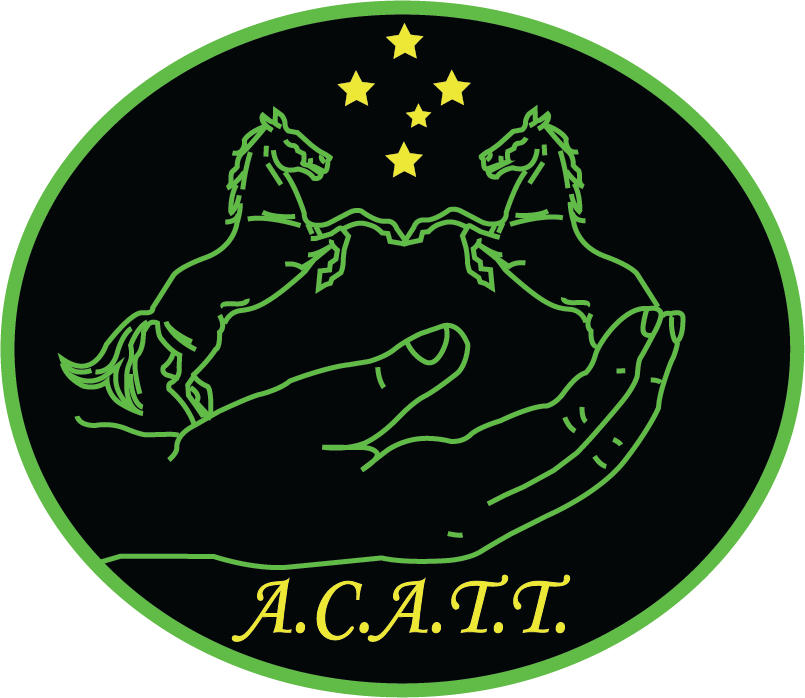

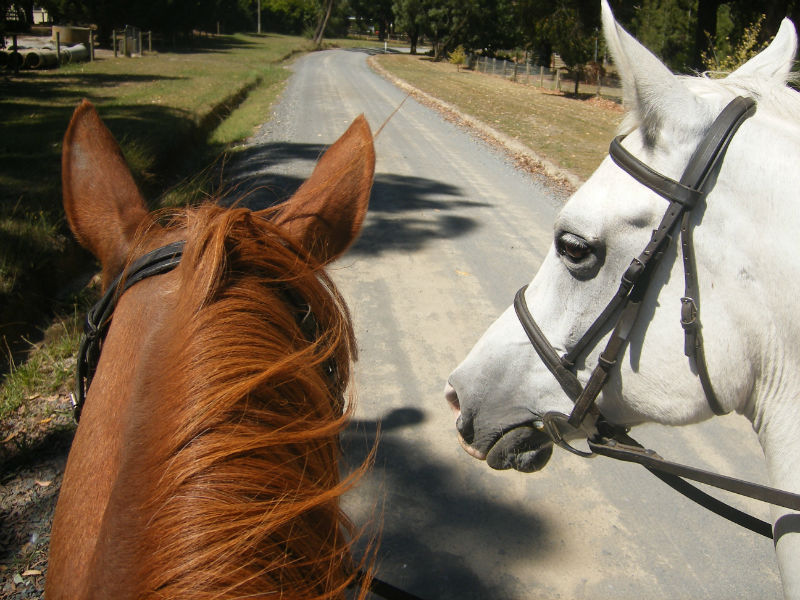
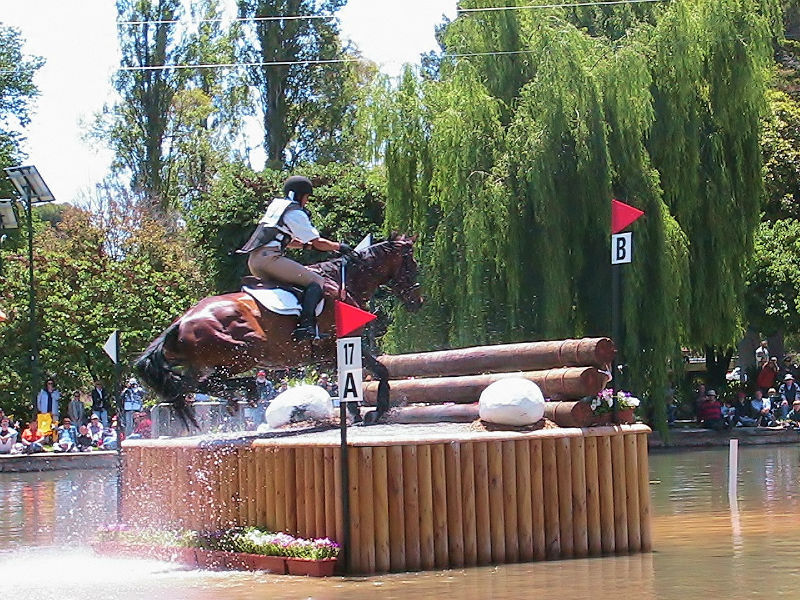
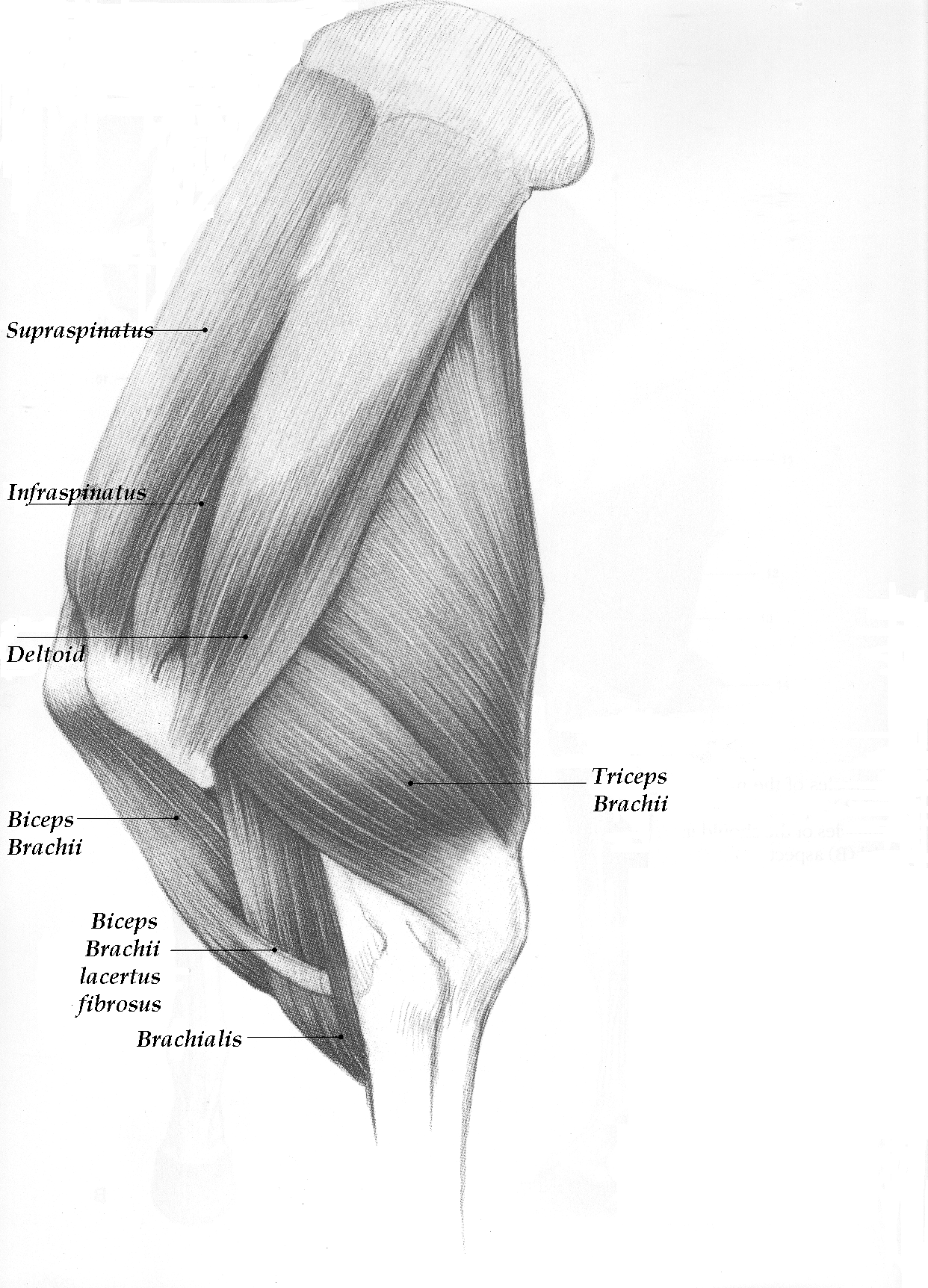
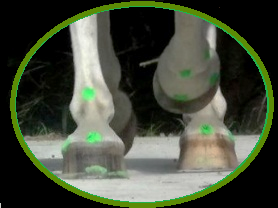
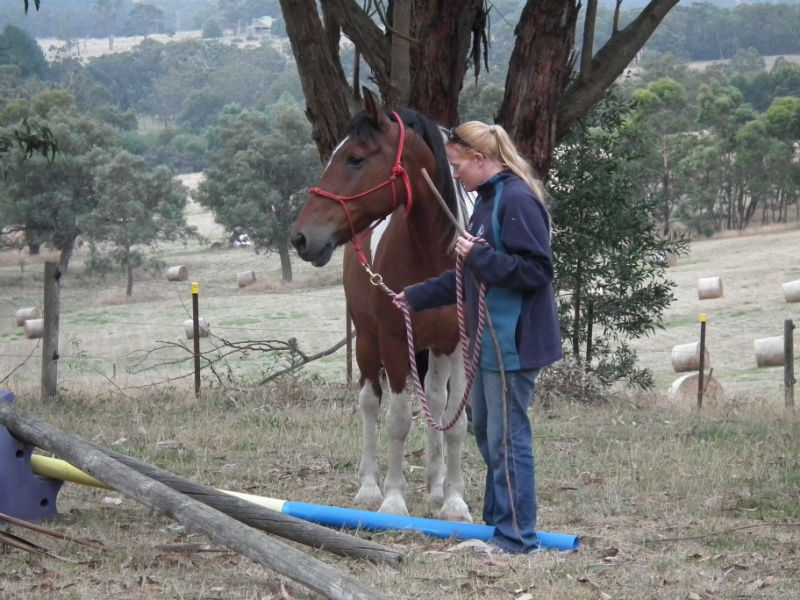
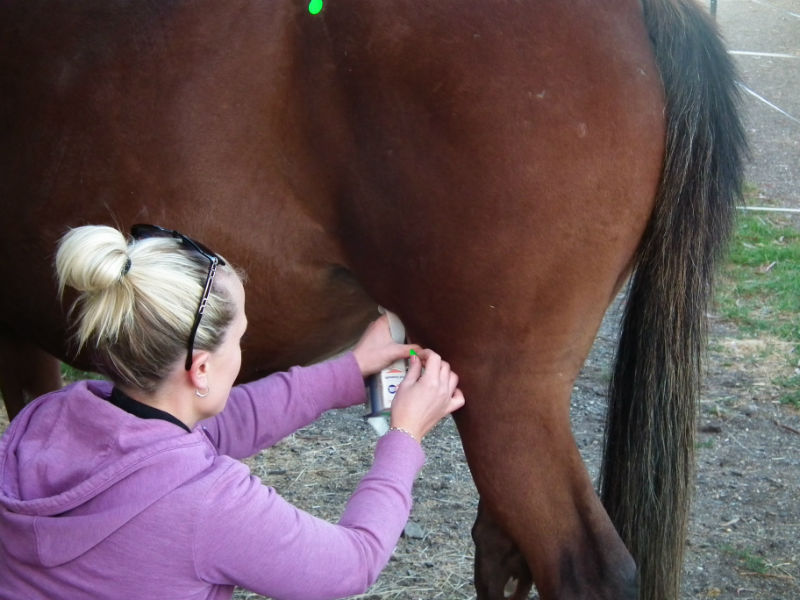
Not long ago I was contacted by a concerned mother. Over the last 2 month’s her son’s pony, Hamish had developed the following behaviours:
1. Significant increase in sweat production – in work and when anxious
2. Easily startled, and constantly focused outside and “spooking at everything”
3. Appeared fearful of unknown horses. But over dependant on seeing the horses in the neighbouring paddock.
4. Constantly calling for attention, and refusing to leave the corner of the paddock where he was closest to the other horses
5. No longer happily greeting his rider at the gate
6. Impatient type behaviour eg Pawing
7. Rearing and bucking, Which seemed fearful
8. Muscle pain
9. Increased aggression to other horses in the same paddock
Click here to read more and learn how we changed the diet to solve this issue
Tequila is an Irish Sports Horse who in January, while training at Elementary Level Dressage, developed slight lameness in her left fore limb. Despite rest, Tequila's lameness worsened. Her partner, Sylvia was determined to find out what was causing Tequila to be lame and began to search for an answer and a resolution. She did not realise how long it would take her to achieve her aim, but was prepared to give her partner, Tequila, all chances.
From Late January through to December Sylvia enlisted the services of many practitioners including equine physiotherapists, veterinary & holistic veterinary practitioners, an animal manipulator and a Deep Tissue Therapist.
At Werribee Veterinary Hospital Tequila had multiple tests performed including flexion tests, x-rays, ultrasound and scintigraphy. A thermography scan was also performed prior to attendance at Werribee.
The various practitioners identified a number of problems with Tequila, including "a pulled muscle" in her hind leg, a stifle problem, bony issues in her knees, Poll malalignment, nerve entrapment in the left shoulder and soft tissue injury of the same area. The test performed at Werribee did not show any definitive diagnosis.
Tequila continued to worsen despite all instructions given by the various practitioners being followed. Sylvia remained unsure as to what the problem was and how to go about getting Tequila on the road to recovery.
In June the following year Sylvia rang me to ask if I could help - she felt this was the last chance for Tequila as all other avenues had been tried.
Click here to Continue reading this case study
A case study by Christine Scully.
Horse people know that ponies are more likely to suffer from
founder than other horses; it is something pony owners
contend with in their preventative equine care. Each spring
ponies go into Jenny Craig paddocks and are fed minimal
amounts to reduce the risk of this debilitating condition.
But what else can you do?
In the last 12 months I have been on a journey of discovery
about the equine hoof. I have discovered that if we trim in a
balanced fashion and encourage hoof function we can reduce
the onset and the severity of disorders such as founder.
To demonstrate what I have discovered I would like to tell
you a tale of our pony Apache. Apache is a 9 year old
Shetland pony; he came to live with us about 3 years ago
with the typical ski dip in his feet of a pony that has
foundered previously.
Click here to Continue reading this case study
111 Spillers Road
Macclesfield. Victoria.
Australia 3782
03 5968 9788